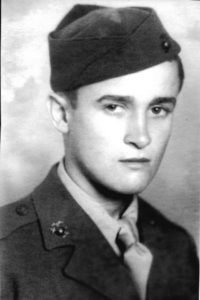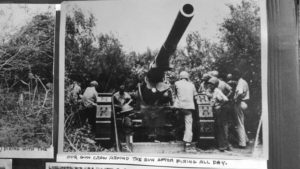Blair Garrett
The first of many has been achieved.
After a long offseason, the Mount St. Mary’s Men’s Basketball team cruised to victory in the team’s home opener of the season, defeating Gettysburg College, 75-58.
The Mount opened the game at a torrid pace, immediately igniting the crowd on a dunk by forward Nana Opoku to get the crowd roaring from the first whistle. Opoku’s score gave Mount St. Mary’s a lead it would not surrender throughout the entirety of the game.
A blistering pace over the first 10 minutes of the match saw the Mount form a sizable lead over the Bullets, punishing mistakes left and right and forcing Gettysburg to adapt to their dominant play down low. Mount St. Mary’s held a 25-6 lead in what looked to be a blowout early.
Basketball is a game of momentum, though, and the Bullets battled their way back to cut Mount St. Mary’s lead to just a few possessions, capitalizing off a string of turnovers.
With just an 11-point lead at halftime, the Mount had plenty of work to do to close out the game and take its first win of the season, but Gettysburg still had plenty of fight left.
The Bullets came out swinging, almost tying the game before a key timeout by head coach Dan Engelstad got the group back on track. “We just weren’t playing Mount basketball,” Engelstad said. “We’re not defending, we’re not back in transition, we’re not communicating. When you do that, that’s how teams can get back in the game.”
Mount St. Mary’s timeout allowed the players to take a breath, reset, and focus on getting back to the core of what makes them a successful team, and they followed that break by scoring the next 10 points, grabbing a convincing lead to close out the game.
Guards Vado Morse and Damian Chong Qui picked up the pace in the second half, forcing Gettysburg to turn the ball over and allowing the Mount to use its speed and athleticism to extend the lead. Morse finished the game with 14 points and four steals, while Chong Qui cashed in on 13 points.
Forward Malik Jefferson was a consistent thorn in the Gettysburg side, grabbing offensive rebounds to recycle the ball and offer second and third chances for Mount shots. Jefferson’s efforts netted him a double-double, putting up 14 points and 13 rebounds to pace the team.
While the end result reads as a win and the team’s first of the season, there is much work to be done to continue, putting up impressive results and playing to the potential this team has. “I thought we came out pretty well with some fire early, but then we got sloppy,” Engelstad said. “The second half, we had some plays where our offense was able to get initiated because of our defense, and we picked it up a bit.”
Communication has been a key word ringing through Knott Arena all throughout the offseason; and in order to reach the team’s goals, improvement in that department to clean up defensive assignments and passing plays will go a long way.
“Communication is something we’ve been preaching for so long,” Engelstad said. “It was good at points, but if we don’t string it together for the majority of the game, then we’ll have different results.”
A few miscues leading to turnovers and some poor shooting from beyond the arc left a bit to be desired for the team, so any improvement in those areas is a great place to start building confidence and momentum throughout the year.
The sky’s the limit for Mount basketball, and Engelstad has the systems in place for the team to breed success this season. Although there are things to work on early in the season, this team has all the tools to bring fans to their feet and wins to their record.
Catch your local college basketball team when the Mount returns to the Knott Arena on Tuesday, November 26, at 7:00 p.m. to face off against Utah Valley.

 Chuck Caldwell and his father, George, came to Gettysburg, Pennsylvania, on the last day of June 1938 for the 75th anniversary of the Battle of Gettysburg. The town decorated with banners, bunting, and lights, and was so crowded that the Caldwells couldn’t find a room to stay in and spent their first night sleeping in a chicken coop. Chuck, who was fourteen years old, didn’t mind because he had made it to Gettysburg.
Chuck Caldwell and his father, George, came to Gettysburg, Pennsylvania, on the last day of June 1938 for the 75th anniversary of the Battle of Gettysburg. The town decorated with banners, bunting, and lights, and was so crowded that the Caldwells couldn’t find a room to stay in and spent their first night sleeping in a chicken coop. Chuck, who was fourteen years old, didn’t mind because he had made it to Gettysburg.
